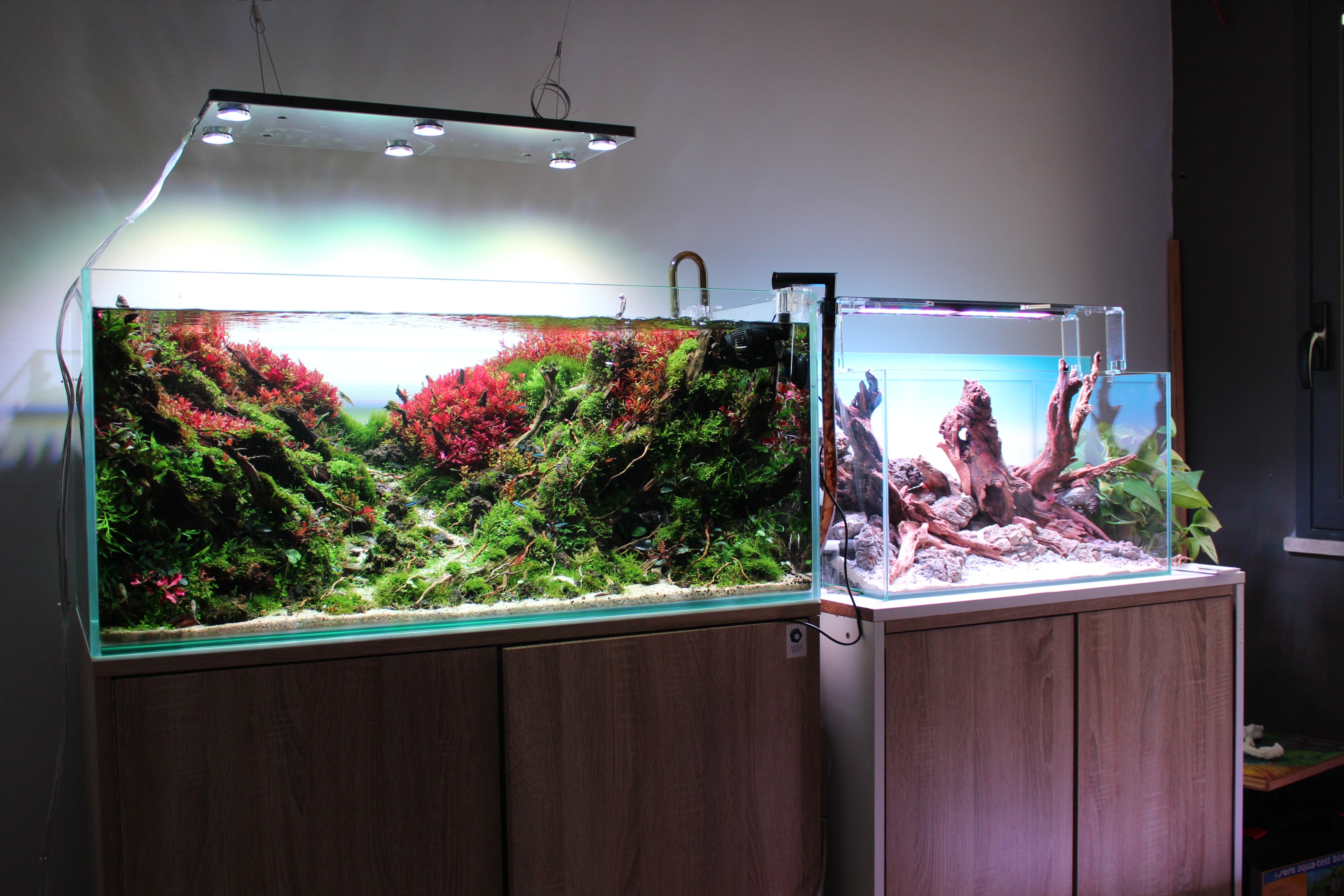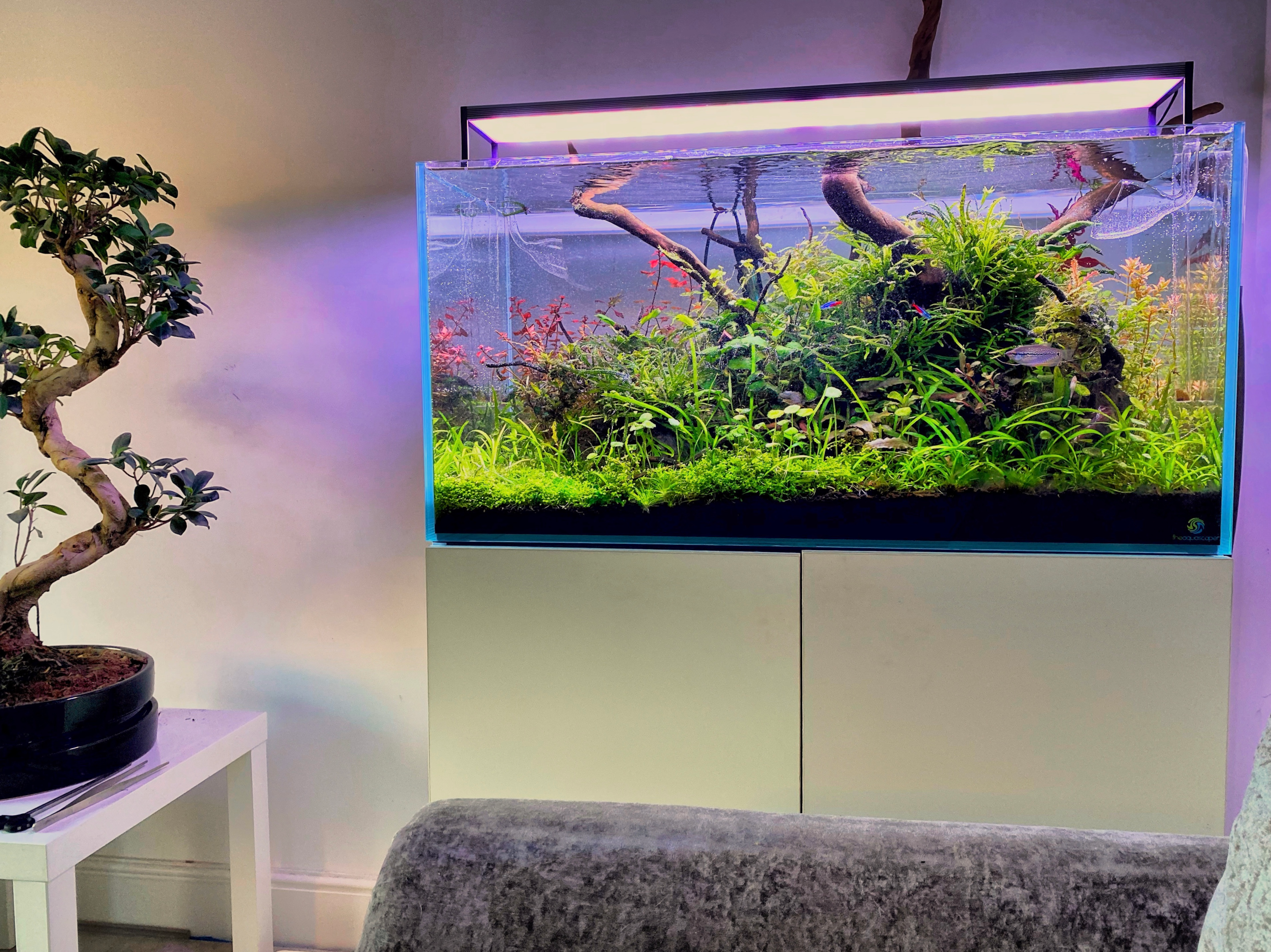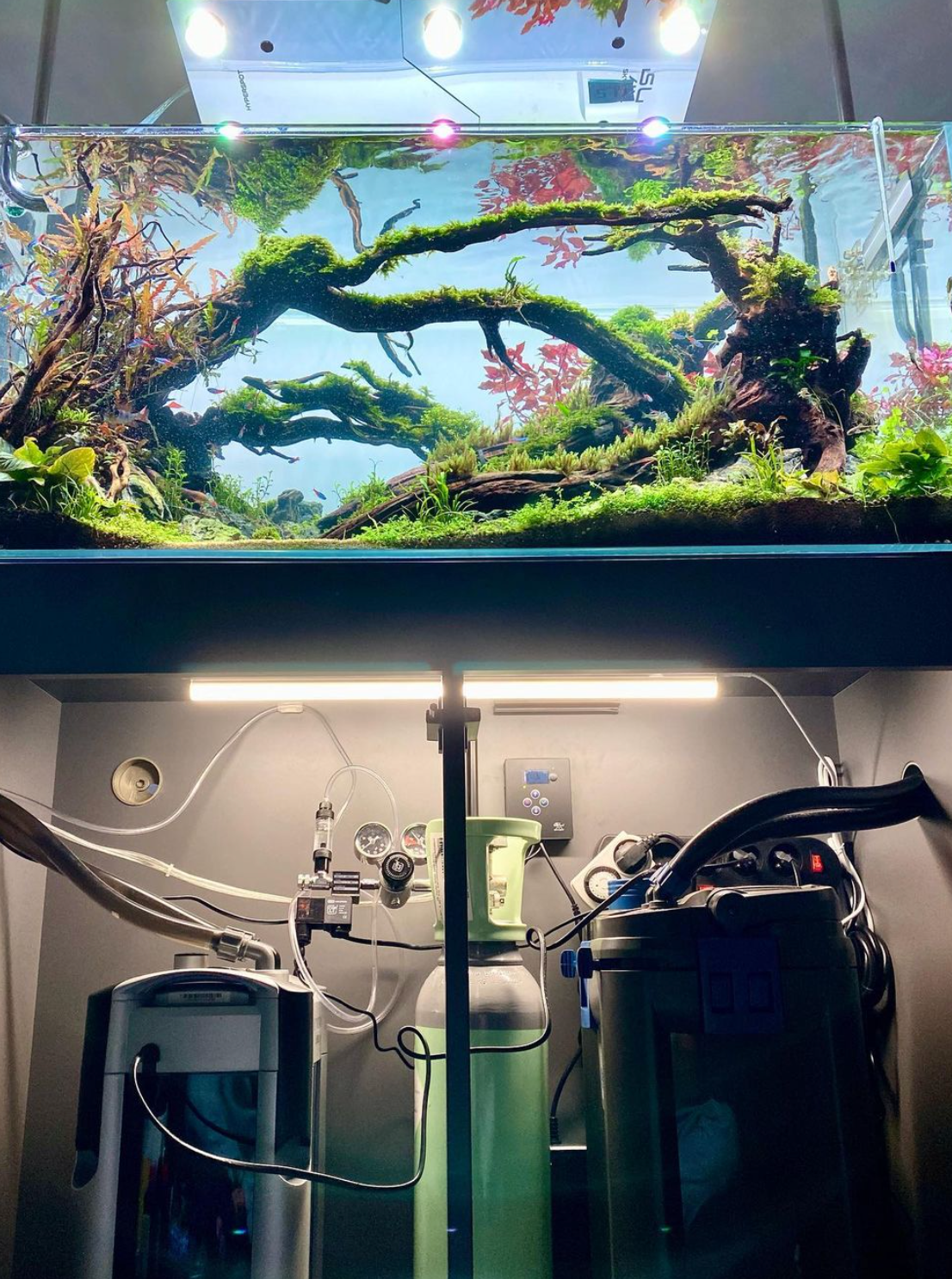Finding the right place to set up a fish tank
Why Location Matters for Your Fish Tank
Choosing where to put fish tank in your home is more than a matter of aesthetics—it directly affects the health and well-being of your aquatic life. Improper placement can lead to temperature swings, water contamination, and added stress for your fish, all of which contribute to a more demanding maintenance routine.
A good location ensures easy access for regular care, a stable environment for your fish, and minimal interference from external factors like sunlight or vibrations. Think of it as laying the foundation for a thriving aquatic ecosystem that will flourish over time.

Understanding the Needs of Your Aquarium Inhabitants
A proper tank set up starts with understanding the needs of its future residents. Different species require different temperature ranges, light exposures, and activity levels, and your chosen location should support these specific needs.
Additionally, the placement should promote good oxygen exchange, low stress levels, and minimal interference from household noise or sudden movements. Creating a comfortable environment begins with placing the tank where your fish will feel safe and stable.
Common Mistakes: The Best Place to Put a Fish Tank Isn’t Always Obvious
Many new aquarists assume a sunny spot or a convenient corner is the best place to put fish tank, but that can backfire. Direct sunlight leads to algae overgrowth, and placing tanks near doors or high-traffic areas can stress fish and affect water temperature.
The ideal location is away from windows, heating vents, and busy pathways. Stability and access are key—an overlooked detail during setup can become a recurring problem in daily maintenance.

Choosing the Right Fish Tank Room for Your Setup
Selecting the right fish tank room depends on lighting, temperature stability, and available space. Living rooms and home offices are often good choices due to consistent lighting and lower disturbance levels.
If you're wondering where to keep fish tank in house, aim for a room where temperature and humidity remain steady. This helps reduce strain on heaters, filters, and other equipment. Ideally, the tank should be visible and accessible, yet protected from everyday household chaos.
Avoiding Direct Sunlight and Managing Room Temperature
When finding the right place to set up a fish tank, avoiding direct sunlight is a top priority. Natural sunlight can cause sudden temperature fluctuations and lead to excessive algae growth, which impacts water quality and makes maintenance more difficult. If you place your aquarium near a window, consider using adjustable blinds to regulate light exposure.
Additionally, avoid areas near an air conditioning vent, fireplace, or radiator. These sources can throw off the delicate balance of heat within the tank, making it harder for your heater to maintain a consistent temperature. A stable thermal environment is essential for the health and comfort of your aquatic species.
Supporting the Weight of the Aquarium and Accessibility to Equipment
Larger aquariums can weigh hundreds of pounds once filled with water, decorations, and fish. That’s why it's recommended to place your new aquarium on the ground floor of your house, where the structure can best support the weight. A filled 55-gallon tank, for example, can exceed 600 pounds—something upper-level floors aren’t always built to handle safely.
You'll also need an accessible electrical outlet nearby for powering your aquarium equipment, such as heaters, filters, and lights. This also makes it easier to monitor the tank and carry out routine maintenance. Avoid locations where cords stretch across walkways or force awkward placements for your equipment.

Choosing a Stable and Quiet Location
Your aquarium needs a location free from strong vibrations and loud noises. Placing your tank near a washing machine, stereo system, or slamming door can stress your fish and disturb the balance inside the aquarium. The best choice is a calm, low-traffic area where your aquatic environment can remain undisturbed.
In addition to avoiding commotion, make sure the spot provides a clear view and easy access. You’ll want to admire your fish tank and perform regular maintenance without obstruction. A wall that's stable, flat, and protected from foot traffic is usually the perfect spot for long-term setup.
Considering Visibility and Aesthetic Integration
When picking a suitable location for setting up an aquarium, aesthetics and visibility matter. The location should blend well with your interior decor while also allowing frequent observation of your fish and live plants. An aquarium placed in a visually prominent area not only adds beauty but encourages regular monitoring of your aquatic pets.
However, avoid placing your aquarium too close to the front door, where frequent temperature changes and movement can be disruptive. Instead, select a spot with indirect light, neutral surroundings, and minimal movement—a balance of visibility and environmental stability to keep both you and your fish happy.

Minimizing Disturbance: Avoiding Noise and Strong Vibrations
When finding the right place to set up a fish tank, it's important to consider how noise and movement affect aquatic life. Constant exposure to loud sounds, slamming doors, or nearby appliances like washing machines can stress your fish and disrupt their natural behavior. Even subtle but repeated sounds can elevate their stress over time.
Similarly, strong vibrations from high foot traffic areas or vibrating surfaces can affect the aquarium's stability and the comfort of its inhabitants. Place your tank in a quiet, low-traffic area away from hallways or rooms with heavy activity. A stable, calm location contributes to a more peaceful and healthy underwater environment.
Proximity to Utilities: Electrical Outlets and Tap Water Access
Setting your new aquarium near an electrical outlet is a practical necessity. Filters, lights, heaters, and other accessories require steady power, so avoid using extension cords if possible. The closer your tank is to a power source, the safer and neater your setup will be.
You should also think about how easy it is to access tap water for water changes. Regular partial water changes are key to a healthy aquarium, so having a water source nearby saves time and reduces spills. A convenient location supports both beauty and functionality—making your aquarium easier to enjoy and maintain.
CO2 Systems and Equipment Storage
If you plan on keeping live plants, you might need a CO2 injection system, which also requires thoughtful aquarium placement. These systems typically involve pressurized cylinders, diffusers, and tubing, all of which need a secure, accessible spot near the aquarium. Make sure the location allows for ventilation and is not exposed to heat sources or direct sunlight to prevent pressure changes in the cylinders.
You should also allocate space for other aquarium gear like spare heater units, test kits, or maintenance tools. Consider using a cabinet stand designed for aquariums, which can house most of your equipment discreetly. Having this setup close to the tank simplifies upkeep and ensures everything is within reach when needed.

Creating the Perfect Spot for Long-Term Success
The perfect spot for your new aquarium is not just about aesthetics—it’s about stability, safety, and support for both the tank and its inhabitants. Look for a location that supports the weight of your full gallon tank, offers access to an electrical outlet, and allows you to maintain consistent temperature with your heater.
Ultimately, finding the right place to set up a fish tank means balancing form and function. Your fish, plants, and overall setup will thrive when placed thoughtfully. Make sure the aquarium complements the room while ensuring it meets the needs of the ecosystem inside.
Conclusion: The Key to a Healthy and Happy Aquarium
Choosing the right place for your fish tank is not just about finding a spot that looks good in your home, but ensuring a healthy and thriving environment for your aquatic life. The right location can significantly impact your fish, plants, and aquarium equipment. Key considerations include temperature, light exposure, and access to electrical outlets for easy operation of your filter, heater, and other aquarium equipment. Proper placement also helps reduce stress for your fish, which can result in improved overall health and behavior.
In addition to aesthetics, practicality is essential when determining where to set up your new aquarium. Factors like maintenance, tank size, and access to the aquarium are important for ongoing management. For instance, setting up your fish tank near a wall or away from high-traffic areas can reduce vibrations and noise, which may disturb the fish. Moreover, ensuring your aquarium is placed in a room with stable temperatures and away from direct sunlight will help maintain proper water chemistry and water temperature.
Finally, if you're incorporating live plants into your setup, placing the aquarium where it can receive appropriate light exposure and CO2 is essential. You also want to keep in mind that a larger aquarium will need more space, and you should consider both weight and accessibility when choosing the right place. For plant enthusiasts, investing in CO2 equipment and storing it in a safe, accessible spot will ensure your plants thrive without cluttering the area around your aquarium.
By taking all of these factors into account, you’re setting up your aquarium for long-term success. A well-positioned tank will not only look beautiful in your space, but it will also provide a stable, healthy environment for your fish and plants to flourish. With the right placement, your aquarium will become a wonderful focal point of your home, offering both relaxation and a thriving habitat for your aquatic species.




